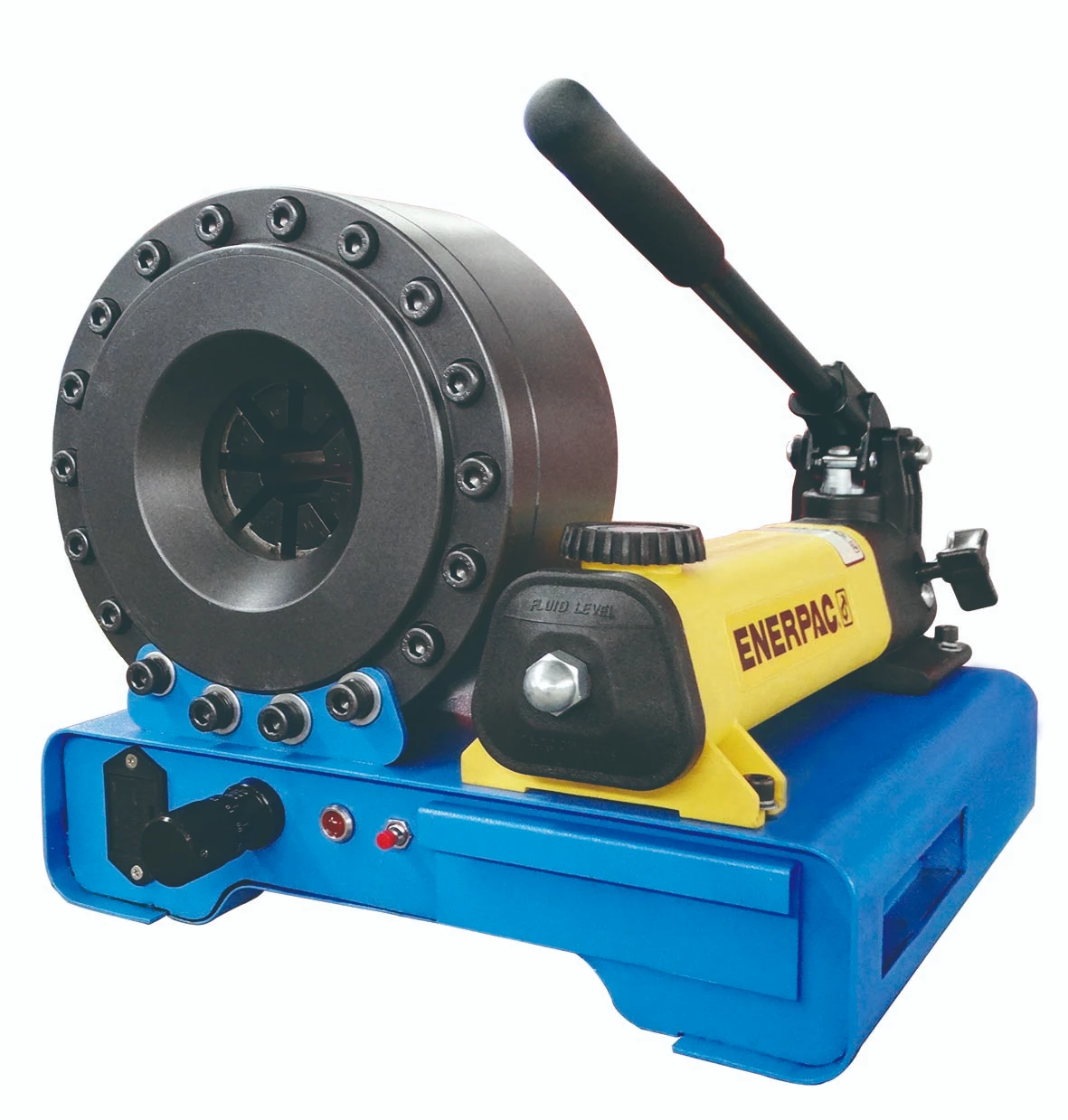335345435
اکتبر . 17, 2024 16:18 Back to list
Flexible Rubber Hose Solutions for Safe LPG Transport and Connection Systems
The Versatility and Importance of Rubber Hoses for LPG Applications
In the realm of industrial and household applications, the significance of robust and reliable connections cannot be overstated. When dealing with Liquefied Petroleum Gas (LPG), the choice of materials for hoses becomes crucial. Rubber hoses designed for LPG use are engineered specifically to meet the demanding safety and performance requirements of gas transport systems. This article explores the features, benefits, and essential considerations surrounding rubber hoses for LPG.
What is LPG?
Liquefied Petroleum Gas, commonly referred to as LPG, is a flammable mixture of hydrocarbon gases, primarily propane and butane. It is widely used as a fuel for heating, cooking, and vehicles, as well as a feedstock for petrochemical processes. Due to its high energy content and efficiency, LPG has become a popular choice for both domestic and industrial applications. However, the safe handling and transportation of LPG require specialized equipment, including hoses.
Properties of Rubber Hoses
Rubber hoses used in LPG applications are specifically formulated to offer exceptional flexibility, durability, and resistance to various environmental factors. These hoses are typically constructed from synthetic rubber compounds that exhibit
1. Chemical Resistance LPG can negatively impact materials that are not resistant to hydrocarbons; hence, rubber hoses must possess superior chemical stability to withstand the corrosive nature of the gas.
2. Temperature Tolerance Rubber hoses for LPG are designed to function effectively across a range of temperatures. They remain flexible in cold conditions and can withstand heat without degrading, which is particularly important near propane torch applications or in warmer climates.
3. Pressure Rating LPG is stored under pressure, and rubber hoses must be capable of handling high-pressure situations without bursting or leaking. Safety standards specify pressure ratings that hoses must meet to ensure they can handle typical operational conditions.
4. UV and Ozone Resistance Rubber hoses need to resist degradation from UV rays and ozone exposure, especially when used outdoors. This resistance prolongs the life of the hoses and maintains their integrity over time.
Benefits of Using Rubber Hoses for LPG
Utilizing rubber hoses for LPG applications offers numerous advantages
rubber hose for lpg

1. Safety With the potential for gas leaks posing serious risks, rubber hoses are designed with safety as a primary concern. Many hoses incorporate pressure relief valves and other safety mechanisms to prevent hazardous situations.
2. Versatility Rubber hoses can be manufactured in various sizes and diameters, allowing for flexibility in design and application. Whether for long-distance gas transport or short connections, there is a hose to fit the need.
3. Ease of Use The lightweight and flexible nature of rubber hoses makes them easy to handle and install. This user-friendly aspect simplifies both the setup and maintenance processes.
4. Cost-Effectiveness When compared to metal alternatives, rubber hoses are often more affordable. Their durability and resistance to wear also mean that fewer replacements are needed over time, contributing to overall cost savings.
Important Considerations
While rubber hoses offer numerous benefits, users must keep a few key considerations in mind
1. Regular Inspection Hoses can wear out over time due to environmental exposure and mechanical stress. Regular inspections for cracks, abrasions, or leaks are essential in preventing dangerous gas leaks.
2. Compatibility Ensure that hoses are compatible with the specific type of LPG and any additional chemicals that may be involved in the process. Using the wrong type of hose can lead to failure and safety risks.
3. Standards Compliance Always choose hoses that meet or exceed recognized safety and performance standards. Compliance with regulations ensures that the hoses are tested and certified for LPG use.
4. Installation Practices Proper installation techniques are critical in ensuring the safety and longevity of rubber hoses. Follow manufacturer guidelines for installation to minimize risks and enhance performance.
Conclusion
In conclusion, rubber hoses play a vital role in the safe and efficient handling of LPG across various applications. Their unique characteristics, coupled with the benefits they provide, make them an indispensable component in the transportation and use of gas. As with any crucial equipment, prioritizing quality, safety, and regular maintenance is essential for anyone involved in LPG handling, ensuring not only compliance with regulations but also the health and safety of individuals and the environment.
-
SAE 100 R17 Black Smooth Cover Hydraulic Hose
NewsMar.07,2025
-
SAE 100 R17 Black Smooth Cover Hydraulic Hose
NewsMar.07,2025
-
SAE 100 R17 Black Smooth Cover Hydraulic Hose
NewsMar.07,2025
-
SAE 100 R17 Black Smooth Cover Hydraulic Hose
NewsMar.07,2025
-
SAE 100 R17 Black Smooth Cover Hydraulic Hose
NewsMar.07,2025
-
steel wire braided hydraulic hose
NewsMar.07,2025



